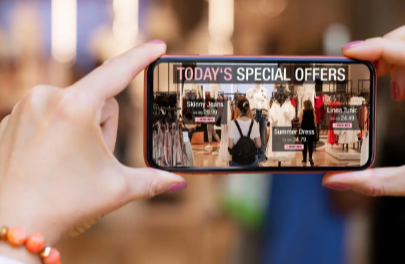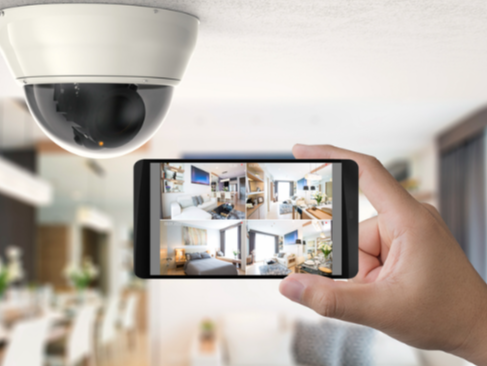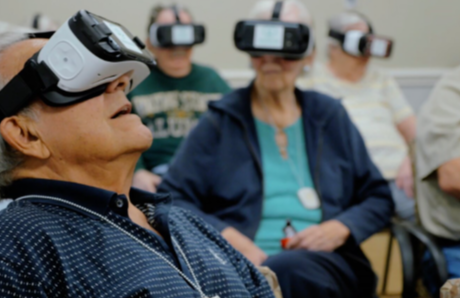The Role of Augmented Reality in Enhancing Shopping Experiences

Augmented Reality (AR) is increasingly shaping the retail landscape, providing consumers with innovative ways to engage with products. Evidence suggests that AR enhances purchasing confidence and emotional connections to brands. Moreover, it plays a pivotal role in reducing return rates by enabling informed decision-making. As the technology advances, its implications for consumer behavior and retail dynamics warrant further exploration. What specific advancements will define the future of shopping experiences?
Understanding Augmented Reality in Retail
How does augmented reality (AR) redefine the retail landscape?
AR enhances consumer engagement through virtual fitting and immersive browsing experiences, allowing shoppers to visualize products in real-time.
This technology fosters a more interactive environment, promoting informed purchasing decisions.
Data indicates that retailers utilizing AR witness increased customer satisfaction and reduced return rates, reflecting a significant shift towards more liberated and personalized shopping experiences.
Benefits of Augmented Reality for Consumers
As consumers increasingly seek personalized and engaging shopping experiences, augmented reality (AR) emerges as a transformative tool that enhances decision-making and satisfaction.
By enabling virtual fitting, AR allows consumers to visualize products on themselves, reducing return rates.
Additionally, interactive catalogs provide immersive exploration, fostering informed choices.
These benefits not only streamline the shopping process but also empower consumers to express their individuality confidently.
Read more: How Technology Is Enhancing Home Security
Applications of Augmented Reality in Shopping
What innovative ways can retailers leverage augmented reality (AR) to enhance the shopping experience?
Retailers are increasingly adopting virtual try-ons, enabling customers to visualize products in real time, thus reducing return rates.
Interactive displays further engage consumers, allowing for immersive exploration of products.
These applications not only elevate customer satisfaction but also drive sales, demonstrating the transformative potential of AR in retail environments.
The Future of Augmented Reality in Retail Experiences
Although the adoption of augmented reality (AR) in retail is still in its early stages, its potential to reshape shopping experiences is increasingly evident.
Innovations such as virtual fitting rooms will empower consumers to visualize products seamlessly, enhancing satisfaction.
Furthermore, immersive branding strategies will create deeper emotional connections, driving brand loyalty.
Data indicates that these advancements could significantly increase conversion rates in the retail sector.
Conclusion
As augmented reality continues to reshape the retail landscape, it evokes the transformative power of the philosopher’s stone, turning mundane shopping into a golden experience. By merging the digital and physical worlds, AR not only enhances consumer engagement but also leads to more informed purchasing decisions, akin to a modern-day oracle guiding shoppers. The data-driven benefits, including reduced return rates and increased satisfaction, suggest that AR is not merely a trend but a fundamental shift in how consumers interact with brands.



